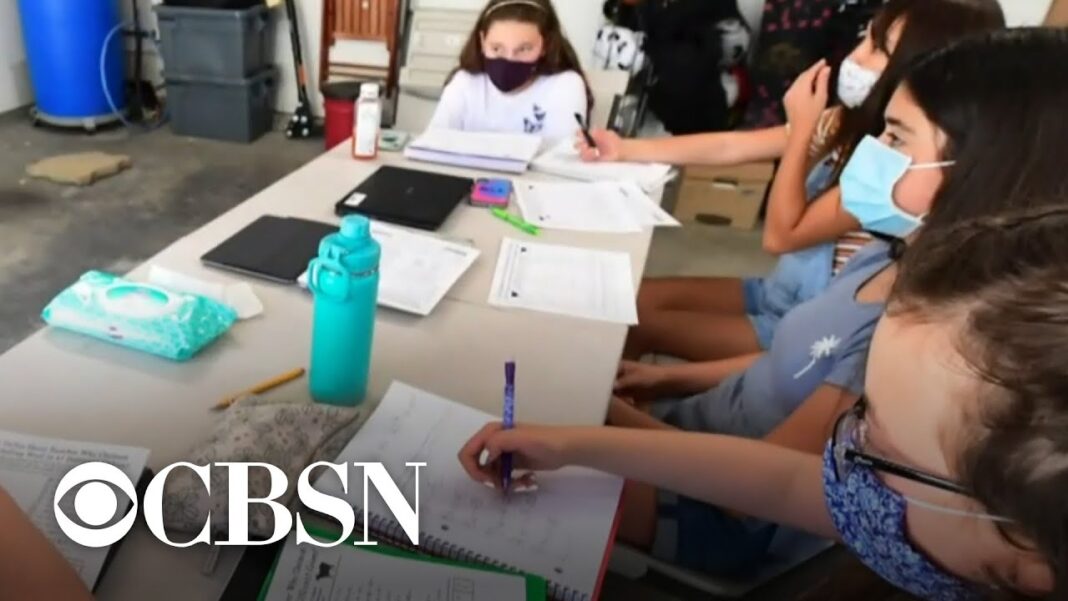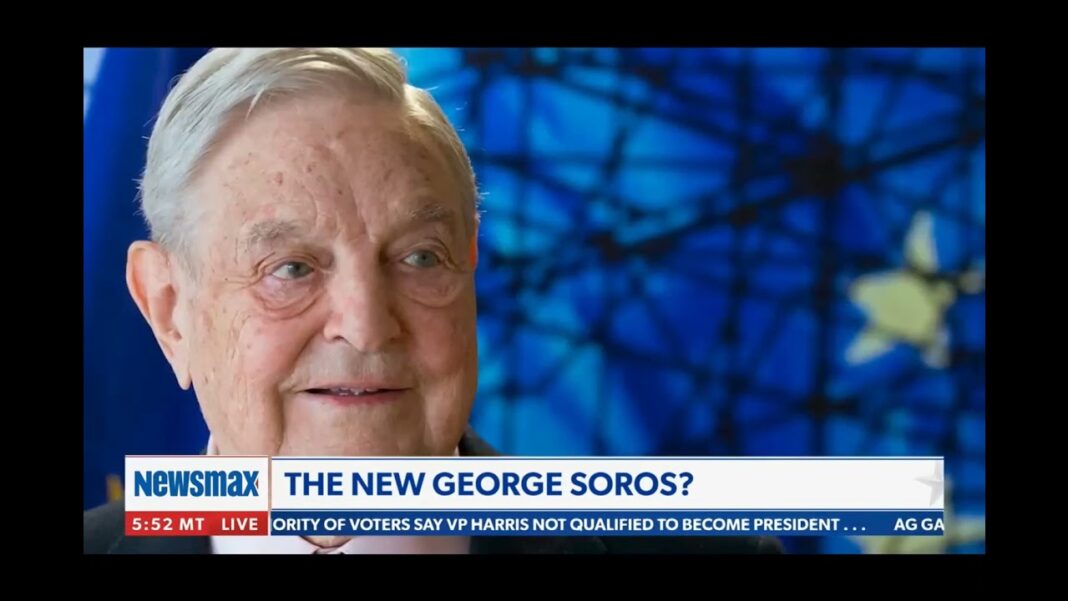A group of international researchers are pushing for a “proper investigation” into the origins of COVID-19, including examining the lab accident theory that a World Health Organization (WHO) probe previously dismissed.
The WHO-led mission in Wuhan, which released its findings in late March, did not give “balanced consideration” to the theory that the CCP (Chinese Communist Party) virus came from a laboratory accident, rather giving more weight to the natural spillover hypothesis—the event that the virus spread to humans through an animal host, the scientists argued in a letter published May 14 in Science, a peer-reviewed academic journal.
The letter (PDF below) was signed by 18 medical experts who specialize in virology, biology, immunology, and epidemiology.
The WHO team assessed the animal origin theory as “likely to very likely” and the other as “extremely unlikely,” despite having “no findings in clear support of either,” they wrote, noting that of 313 pages total, the report only dedicated four pages to addressing a possible lab accident.
“We must take hypotheses about both natural and laboratory spillovers seriously until we have sufficient data,” the authors said. “A proper investigation should be transparent, objective, data-driven … and responsibly managed to minimize the impact of conflicts of interest.”
The letter adds to the growing efforts seeking a full inquiry into the origins of the CCP virus, which causes the COVID-19 disease, since the WHO report was published, which critics said the investigation lacked independence and allowed Beijing to have a heavy hand.
The United States, the European Union, and more than a dozen other nations have raised concerns about the WHO study, pointing to the report’s significant delay and Beijing’s denial to provide crucial raw data.
WHO Director-General Tedros Adhanom Ghebreyesus has also noted the difficulties in accessing data from China. He said that the laboratory leak possibility “requires further investigation, adding that “all hypotheses remain on the table.”
“In this time of unfortunate anti-Asian sentiment in some countries, we note that at the beginning of the pandemic, it was Chinese doctors, scientists, journalists, and citizens who shared with the world crucial information about the spread of the virus—often at great personal cost,” said the authors of the May 14 letter. “We should show the same determination in promoting a dispassionate science-based discourse on this difficult but important issue.”
BY EVA FU
Read Full Article on TheEpochTimes.com
Letter Leading Scientists Call for ‘Proper Investigation’ of CCP Virus Lab Origin Theory TEXT
On 30 December 2019, the Program for Monitoring Emerging Diseases notified the world about a pneumonia of unknown cause in Wuhan, China (1). Since then, scientists have made remarkable progress in understanding the causative agent, severe acute respiratory syndrome coronavirus 2 (SARS-CoV-2), its transmission, pathogenesis, and mitigation by vaccines, therapeutics, and non-pharmaceutical interventions. Yet more investigation is still needed to determine the origin of the pandemic. Theories of accidental release from a lab and zoonotic spillover both remain viable. Knowing how COVID-19 emerged is critical for informing global strategies to mitigate the risk of future outbreaks.
In May 2020, the World Health Assembly requested that the World Health Organization (WHO) director-general work closely with partners to determine the origins of SARS-CoV-2 (2). In November, the Terms of Reference for a China–WHO joint study were released (3). The information, data, and samples for the study’s first phase were collected and summarized by the Chinese half of the team; the rest of the team built on this analysis. Although there were no findings in clear support of either a natural spillover or a lab accident, the team assessed a zoonotic spillover from an intermediate host as “likely to very likely,” and a laboratory incident as “extremely unlikely” [(4), p. 9]. Furthermore, the two theories were not given balanced consideration. Only 4 of the 313 pages of the report and its annexes addressed the possibility of a laboratory accident (4). Notably, WHO Director-General Tedros Ghebreyesus commented that the report’s consideration of evidence supporting a laboratory accident was insufficient and offered to provide additional resources to fully evaluate the possibility (5).
As scientists with relevant expertise, we agree with the WHO director-general (5), the United States and 13 other countries (6), and the European Union (7) that greater clarity about the origins of this pandemic is necessary and feasible to achieve. We must take hypotheses about both natural and laboratory spillovers seriously until we have sufficient data. A proper investigation should be transparent, objective, data-driven, inclusive of broad expertise, subject to independent oversight, and responsibly managed to minimize the impact of conflicts of interest. Public health agencies and research laboratories alike need to open their records to the public. Investigators should document the veracity and provenance of data from which analyses are conducted and conclusions drawn, so that analyses are reproducible by independent experts.
Finally, in this time of unfortunate anti-Asian sentiment in some countries, we note that at the beginning of the pandemic, it was Chinese doctors, scientists, journalists, and citizens who shared with the world crucial information about the spread of the virus—often at great personal cost (8, 9). We should show the same determination in promoting a dispassionate science-based discourse on this difficult but important issue.http://www.sciencemag.org/about/science-licenses-journal-article-reuse
This is an article distributed under the terms of the Science Journals Default License.
References and Notes
- ↵“Undiagnosed pneumonia—China (Hubei): Request for information,” ProMED post (2019); https://promedmail.org/promed-post/?id=6864153. Google Scholar
- ↵World Health Assembly Resolution 73.1: COVID-19 response (2020); https://apps.who.int/gb/ebwha/pdf_files/WHA73/A73_R1-en.pdf. Google Scholar
- ↵WHO, “WHO-convened global study of the origins of SARS-CoV-2” (2020); www.who.int/publications/m/item/who-convened-global-study-of-the-origins-of-sars-cov-2. Google Scholar
- ↵WHO, “WHO-convened global study of origins of SARS-CoV-2: China part” (2021); www.who.int/publications/i/item/who-convened-global-study-of-origins-of-sars-cov-2-china-part. Google Scholar
- ↵WHO, “WHO director-general’s remarks at the Member State Briefing on the report of the international team studying the origins of SARS-CoV-2” (2021); www.who.int/director-general/speeches/detail/who-director-general-s-remarks-at-the-member-state-briefing-on-the-report-of-the-international-team-studying-the-origins-of-sars-cov-2. Google Scholar
- ↵US Department of State, “Joint statement on the WHO-Convened COVID-19 origins study” (2021); www.state.gov/joint-statement-on-the-who-convened-covid-19-origins-study/. Google Scholar
- ↵Delegation of the European Union to the UN and other International Organizations in Geneva “EU statement on the WHO-led COVID-19 origins study” (2021); https://eeas.europa.eu/delegations/un-geneva/95960/eu-statement-who-led-covid-19-origins-study_en. Google Scholar
- ↵J. Hollingsworth, Y. Xiong, “The truthtellers: China created a story of the pandemic. These people revealed details Beijing left out,” CNN( 2021). Google Scholar
- ↵A. Green, L. Wenliang, Lancet 395, 682 (2020). Google Scholar







